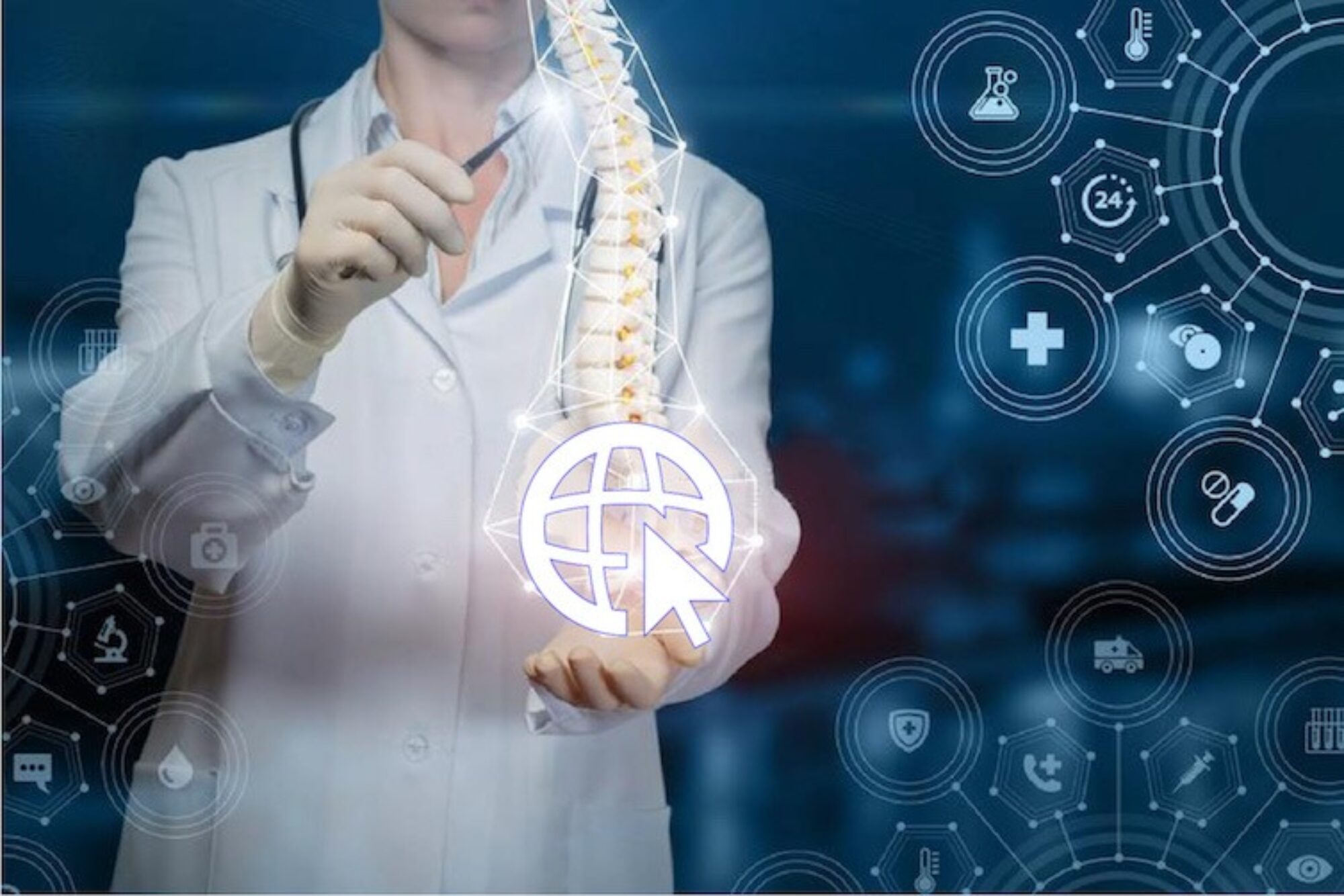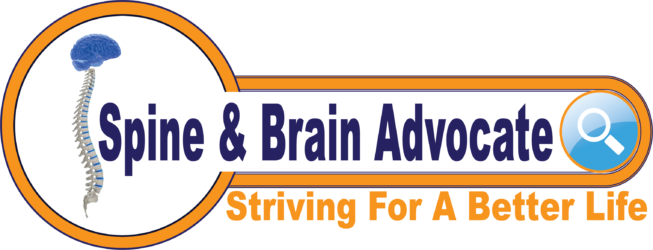TMJ Dysfunction
Reference from Johns Hopkins Medicine
“What are the temporomandibular joints (TMJ)?
The temporomandibular joints (TMJ) are the 2 joints that connect your lower jaw to your skull. More specifically, they are the joints that slide and rotate in front of each ear, and consist of the mandible (the lower jaw) and the temporal bone (the side and base of the skull). The TMJs are among the most complex joints in the body. These joints, along with several muscles, allow the mandible to move up and down, side to side, and forward and back. When the mandible and the joints are properly aligned, smooth muscle actions, such as chewing, talking, yawning, and swallowing, can take place. When these structures (muscles, ligaments, disk, jaw bone, temporal bone) are not aligned, nor synchronized in movement, several problems may occur.
What is temporomandibular disorder (TMD)?
Temporomandibular disorders (TMD) are disorders of the jaw muscles, temporomandibular joints, and the nerves associated with chronic facial pain. Any problem that prevents the complex system of muscles, bones, and joints from working together in harmony may result in temporomandibular disorder.
The National Institute of Dental and Craniofacial Research classifies TMD by the following:
- Myofascial pain. This is the most common form of TMD. It results in discomfort or pain in the fascia (connective tissue covering the muscles) and muscles that control jaw, neck and shoulder function.
- Internal derangement of the joint. This means a dislocated jaw or displaced disk, (cushion of cartilage between the head of the jaw bone and the skull), or injury to the condyle (the rounded end of the jaw bone that articulates with the temporal skull bone).
- Degenerative joint disease. This includes osteoarthritis or rheumatoid arthritis in the jaw joint.
You can have one or more of these conditions at the same time.”
Treatment
“A TMJ orthotic appliance is designed to correct the position of the lower jaw. Also called a bite splint, it’s an acrylic device that helps relax and balance the jaw joints and muscles. It also helps align the muscles and skeletal systems located at the head, neck, shoulders, and back.” Reference
Jaw and Neck Exercises from Alberta (Canada) Health Services Reference
Upper Cervical Chiropractors – “TMJ dysfunction generally presents with pain in the jaw that can radiate toward the neck and ear. A popping or clicking sound when the jaw is moved as well as a limited range of jaw movement often accompany the pain. A 2012 study revealed the benefits of NUCCA for TMJ pain relief.” Reference

